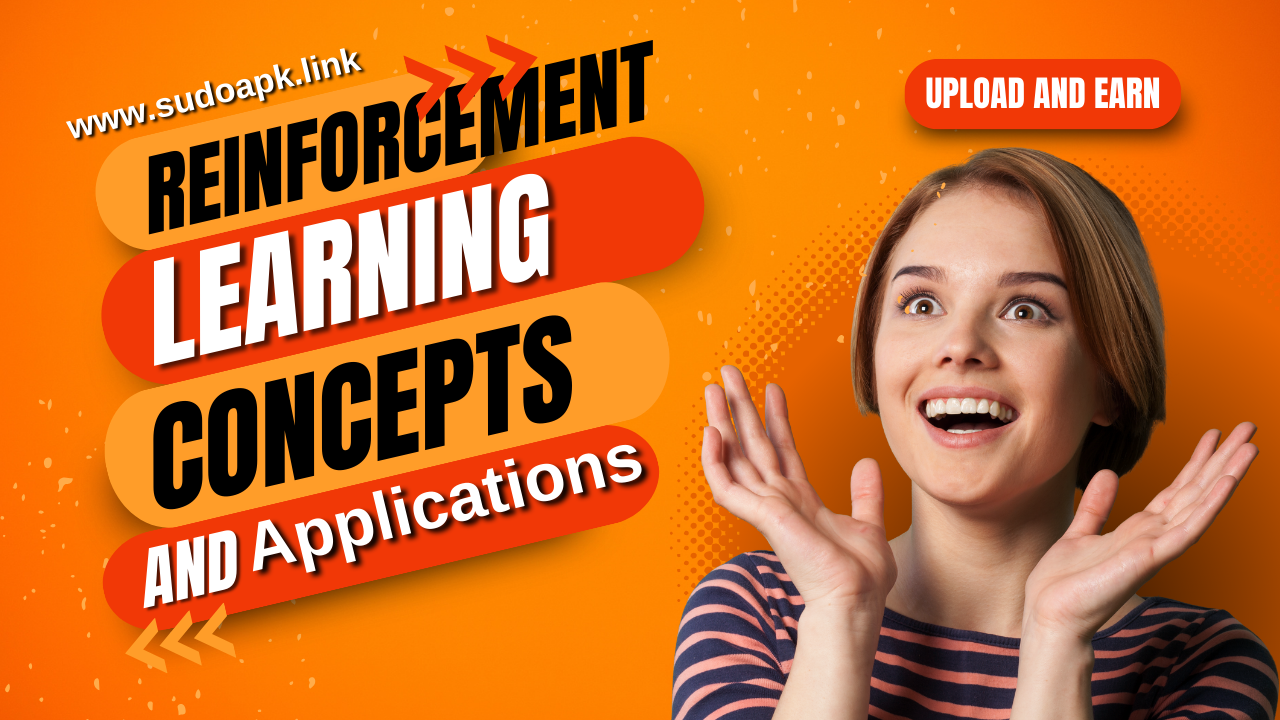

Reinforcement Learning: Concepts and Applications
Reinforcement learning (RL) represents a dynamic machine learning paradigm centered on autonomous agents learning optimal behavior by directly interacting within specialized environments towards maximizing cumulative future rewards through positive reinforcement of desirable actions.
Below we explore foundational RL elements before tackling modern algorithms powering real-world applications - from robotic control systems to business resource planning operations.
Intuition Behind Reinforcement Learning
Reinforcement learning algorithms train bots or code-based “agents” to determine ideal step-by-step action sequences addressing complex tasks like playing chess or optimizing warehouse logistics flows through repeated exposure.
Agents gain mastery by independently interacting with environments, receiving virtual rewards and punishments based on outcome quality signals. More positive reinforcement gets directed towards actions yielding better results. By mathematically formalizing experience as rewards over time, agents adjust strategy preferences to maximize attained goals.
This unique hands-on learning dynamic mirrors how humans and animals acquire skills through trial-and-error combined with incentive and feedback tuning. It bypasses extensive manual supervision requirements of other machine learning approaches.
Next we solidify key terminology for discussing concepts formally.
Key Reinforcement Learning Terminology
Component roles span:
Agent - The learning system like a bot or control program that sequentially determines actions towards solving given tasks within environments by maximizing rewards.
Environment - Specialized RL sandboxes define dynamics through mathematical states to provide bounded arenas for agent interactions. Agents perceive, interpret and act only upon environment states.
Actions - All possible moves and behaviors available to agents mapped to environment state transitions and consequences. Discrete actions have defined enumerated sets while continuous actions sample ranges.
Rewards - Scalar feedback signals indicating the quality of agent behavior, which agents must optimize cumulatively over time through strategy. Both positive and negative rewards exist.
Formalizing interactions between these elements allows simulating real-world learning dynamics computationally. We next explore a seminal algorithmic realization.
Q-Learning for Discrete Action Reinforcement
Q-learning provides a model-free RL technique handling discrete action spaces. It centers on iteratively improving a quality-value matrix Q containing expected cumulative future rewards from taking particular actions in given states by balancing exploration vs exploitation. Key traits:
Discrete Finite Markofs - Environment states get treated as nodes within graph transition diagrams with actions as edges between states carried out by agents during iterations.
Q-Value Matrix - Tabular grid maintains estimates for long-term rewards expecting from possible state-action combinations to guide optimal behavior. Values refine from initial ignorance through ongoing exposure and bootstrapping.
Bellman Equation Updates - Incrementally updating state-action estimates using the Bellman equation which efficiently aggregates current vs future value based on the maximum downstream option. This recursive relationship propagates signals.
Exploration Mechanisms - Balancing exploiting known rewards with trying uncertain actions maximizes learning. ε-greedy policies take random exploration steps based on hyperparameter ε chances to encourage breadth.
Together these mechanisms deliver stable solo learning without human guidance requirements. Extensions enhance scaling.
Modern Innovations Advancing RL
While tabular Q-learning proves insightful pedagogically, contemporary techniques unlock far more impressive applications:
Deep Q-Networks (DQN)
DQNs replace simple Q-value matrices with flexible neural networks as function approximators mapping environment states (and actions) to expected long-term rewards using techniques like experience replay and sampling for stability.
Policy Gradient Algorithms
Rather than optimizing incremental Q-values, policy methods directly learn complete policies mapping states to actions by maximizing overall reward acquisition signal using score function gradients without requiring bootstrapping.
Distributed Hierarchical Architectures
Massive distributed model ensembles coordinated using population-based training mechanisms allow emergent specialization into hierarchical policies comprising controller managers and worker pools connected recursively - enabling complex real-world decisions.
Together these expanding capabilities incentivize ongoing RL innovation across industries.
Business Use Cases for Reinforcement Learning
Beyond gaming and robotics controls, RL optimization assists business operations:
Dynamic Pricing Optimization
RL bots alter pricing points based on demand signals like inventory and clickstream customer engagement data to maximize revenue balances between volume and margin without depending solely on static human-crafted rules.
Portfolio Management
Hedge fund trading bots determine optimal market actions across assets by interpreting real-time financial indicators as environment states and placing trades as rewarded actions towards portfolio growth objectives.
Manufacturing Policy Optimization
Agent-based systems dynamically schedule production operations, staffing, quality checks and supply chain coordination based on manufacturing metrics to minimize waste, ensure adherence to service level agreements and balance workloads.
Ridesharing Dispatch Optimization
Dispatching riders to customers becomes an immense logistics challenge. RL empowers dynamically matching drivers based on location, rider preferences and wait times by interpreting mapped zones and requests to maximize throughput and coverage.
And RL continues making inroads across operations research - where combinatorially complex planning rules prove intractable for manual encoding but learnable by agents. Core principles sustain relevance despite cutting edges drifting towards deep neural integration.
Key Challenges With Applying Reinforcement Learning
However, significant barriers still constrain business adoption despite high upside potential:
- Interpreting complex enterprise environments as fully observable mathematical states for agents to perceive and act within remains highly non-trivial.
- Ambiguous reward architecture and slack key performance indicators allow drifting agent objectives unaligned with holistic business needs.
- Training instability amplified by long feedback loops crashes agents before sufficient learning accumulates requiring mitigation strategies.
- Lack of intuitive transparency into driving policies hinders compliance assurances and auditing required in commercial settings unlike other predictive models.
- Questionable generalizability to domains exceeding training distribution statistics prompts online learning requirements.
But focused platforms overcoming early barriers will unlock immense optimization opportunities.
FAQs - Reinforcement Learning Concepts
How does RL differ from supervised and unsupervised learning approaches?
Unlike predicting singular outcomes or finding inherent clusters, RL focuses on sequential decision-making optimization towards longer-term goals based on cumulative environment interactions rather than static datasets. This hands-on distinction remains fundamental.
When do neural networks enhance reinforcement learning algorithms?
Tabular representations falter when state/action spaces grow too large, noisy or continuous unlike baking into model parameters. Deep neural networks help approximate policies and value functions for large-scale applications through representation learning performed automatically unlike manual state engineering.
Why does the exploration vs exploitation tradeoff matter?
Insufficient random exploration risks agents convergence to locally rather than globally optimal policies missing better performant regions. But excessive exploration reduces reward accumulation progress - a key balance influencing applied RL success.
How can simulators prime real-world reinforcement learning?
Developing informative yet fast simulator environments allows initial agent training unlike slower physical system testing. Insights transfer into reactive fine-tuning saving immense trials. Game engines provide exemplary simulated grounds for pre-training sophistication.
What ethical considerations affect reinforcement learning uses?
Absent checks, single-objective myopic agents inadvertently expose harmful incentive loopholes reaching beyond training environments unlike other machine learning variants with confined datasets. Carefully engineering comprehensive rewards aligned to holistic welfare across stakeholders proves essential to beneficial RL deployment.
In summary, reinforcement learning delivers a profoundly influential paradigm for modeling sequential decision processes based on hands-on dynamic interaction. Mastering foundational building blocks opens pathways to participate in shaping powerful and responsible real-world applications.
Popular articles
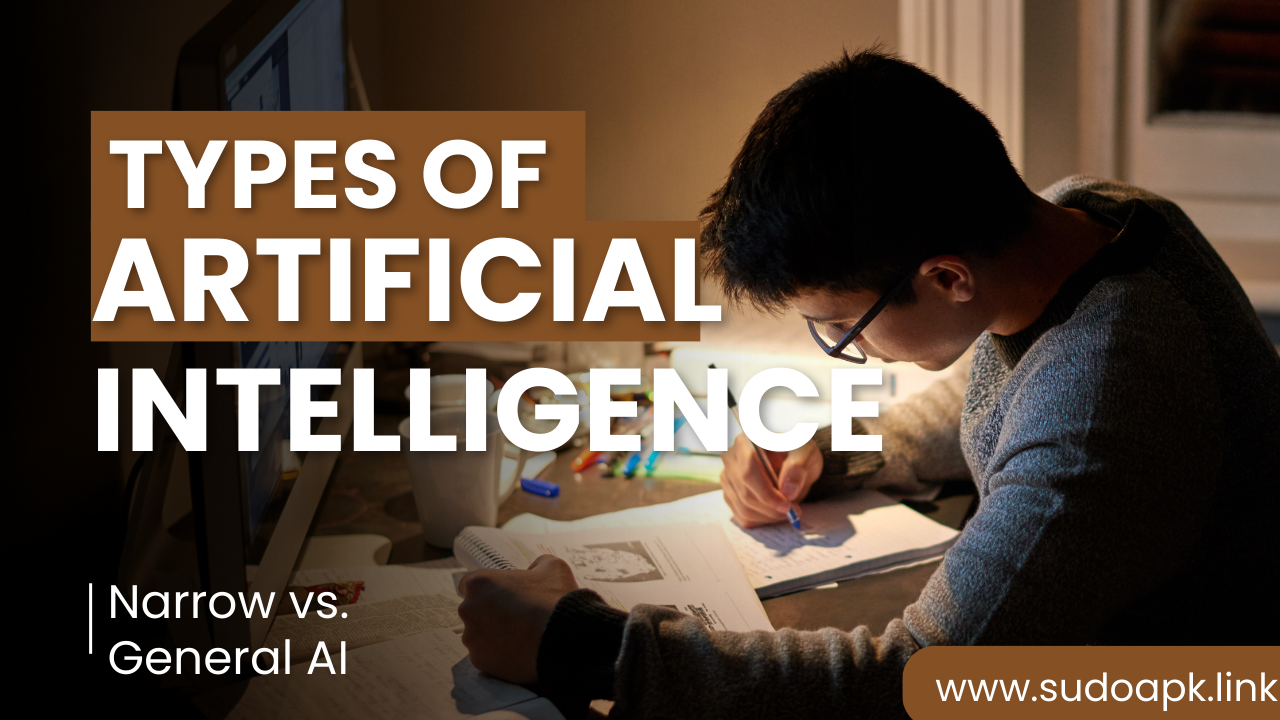
Dec 31, 2023 07:04 AM
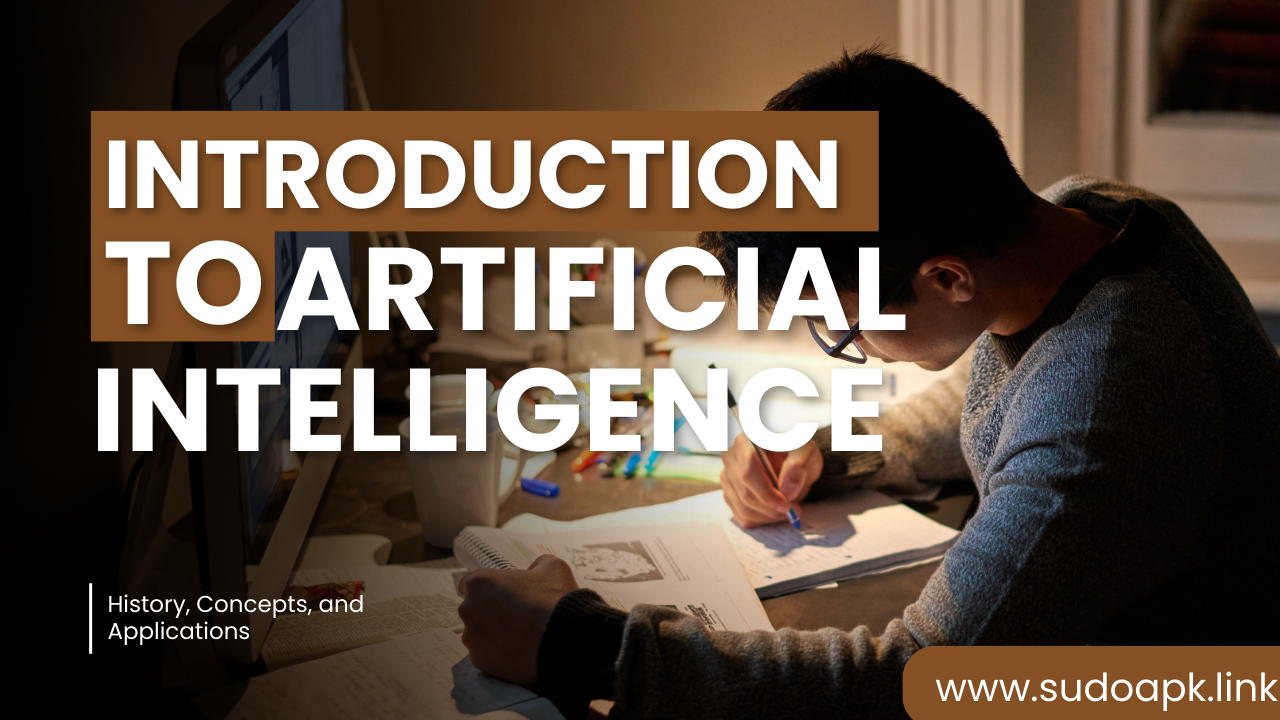
Dec 31, 2023 06:48 AM
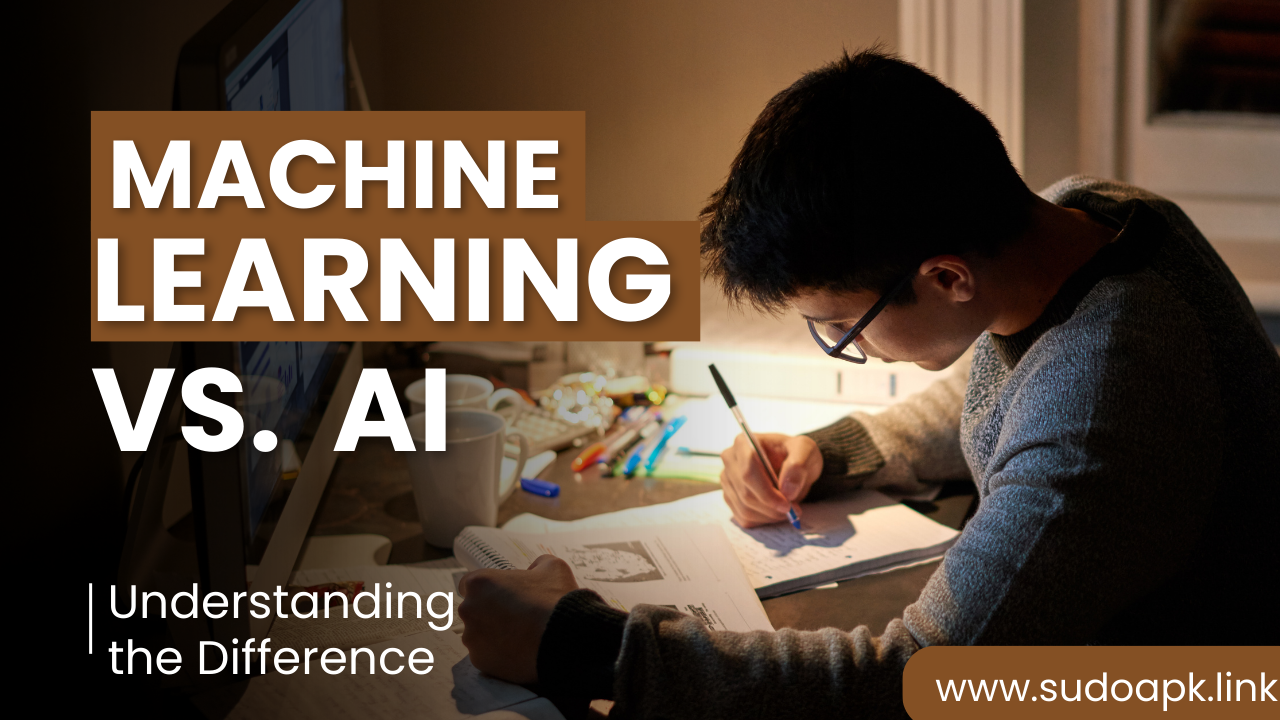
Dec 31, 2023 07:12 AM
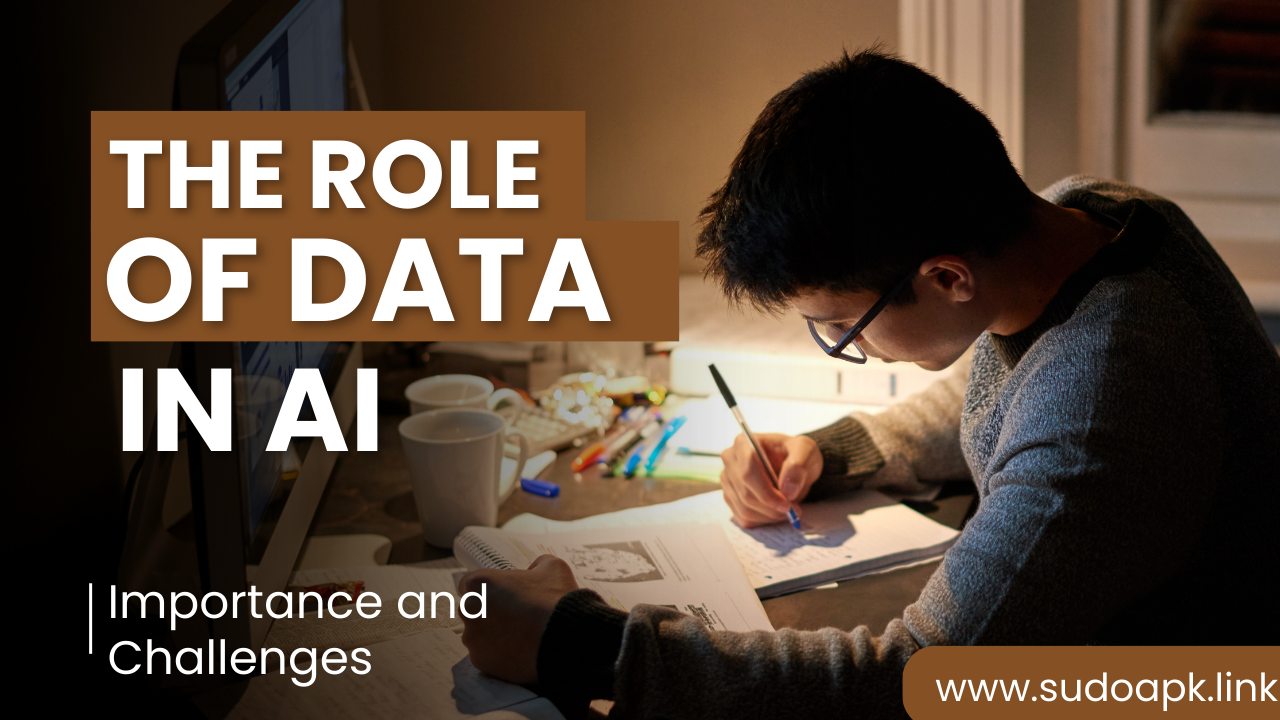
Dec 31, 2023 07:22 AM
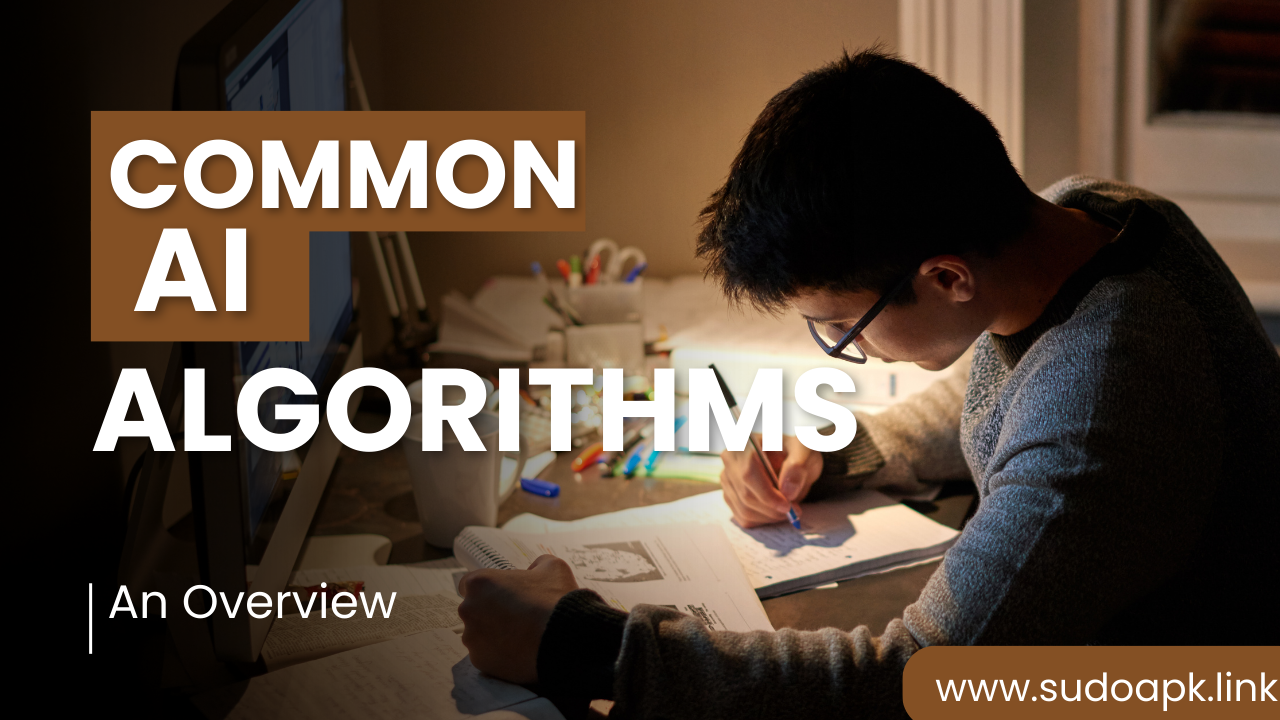
Dec 31, 2023 07:17 AM
Comments (0)